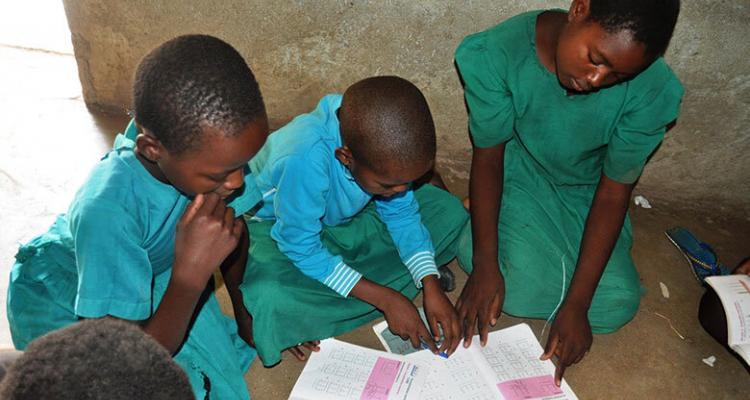
By Adeyemi Adekunle
In 2024, Malawi witnessed a significant surge in school dropouts, with over 25,000 students leaving the education system, the majority being boys. This alarming trend poses a substantial threat to the nation’s progress toward equitable and quality education, as well as its commitment to the Sustainable Development Goals (SDGs). Understanding the multifaceted causes behind this increase is crucial for developing effective interventions.
Statistical Overview
The recent Malawi Education Statistics report indicates that the total number of dropouts in 2024 was 24,371, marking a 9.4% increase from the 22,069 dropouts recorded in the previous academic year. Concurrently, the primary school completion rate declined from 53% in 2020 to 45% in 2024. These figures underscore a growing crisis in the nation’s educational landscape.
Primary Factors Contributing to Increased Dropouts
- Economic HardshipsPoverty remains a pervasive issue in Malawi, directly impacting students’ ability to continue their education. Many families struggle to afford school-related expenses, leading to increased dropout rates. The financial burden of uniforms, supplies, and examination fees often forces students to abandon their studies.
- Early Marriages and Teenage PregnanciesCultural practices and economic pressures contribute to early marriages, particularly among girls. Additionally, teenage pregnancies result in young mothers leaving school to care for their children. These factors disproportionately affect female students, limiting their educational and future economic opportunities.
- Over-Age Enrollment and Grade RepetitionOver-age enrollment, often due to late school entry or grade repetition, increases the likelihood of students dropping out. Being older than classmates can lead to feelings of embarrassment and disengagement, prompting students to leave school prematurely.
- Long Distances to SchoolsIn rural areas, students frequently travel long distances to reach the nearest school. This daily journey can be physically exhausting and unsafe, especially for girls, leading to higher absenteeism and eventual dropout.
- School-Related FactorsHigh student-to-teacher ratios, inadequate school facilities, and teacher absenteeism contribute to a suboptimal learning environment. Such conditions diminish student engagement and motivation, increasing the risk of dropout.
While both boys and girls are affected by these challenges, the reasons for dropping out often differ between genders. Boys are more likely to leave school due to economic activities, such as seeking employment to support their families.
In contrast, girls face unique challenges, including early marriages, teenage pregnancies, and domestic responsibilities. These gender-specific factors necessitate tailored interventions to address the distinct needs of male and female students.
The rising dropout rates have far-reaching consequences for Malawi’s socio-economic development. An uneducated populace limits the country’s human capital, stifling economic growth and perpetuating cycles of poverty. Moreover, high dropout rates hinder the achievement of SDG 4, which aims to ensure inclusive and equitable quality education for all. citeturn0search8
In response to this crisis, the Malawian government, in collaboration with various stakeholders, has initiated several measures:
- Policy Interventions: Implementation of the National Education Sector Plan, focusing on improving access, quality, and relevance of education.
- Re-Admission Policies: Allowing young mothers to return to school after childbirth, aiming to reduce the long-term impact of teenage pregnancies on education.
- Community Engagement: Programs designed to sensitize communities about the importance of education, particularly for girls, and to challenge cultural norms that contribute to early marriages and school dropouts.
Despite these efforts, significant challenges persist. Resource constraints, cultural resistance, and inadequate infrastructure continue to impede progress. To effectively combat the rising dropout rates, a multifaceted approach is essential:
- Economic Support: Providing financial assistance, such as scholarships or subsidies, to alleviate the economic burdens that force students out of school.
- Infrastructure Development: Building more schools in rural areas to reduce travel distances and improve accessibility.
- Teacher Training and Retention: Enhancing teacher training programs and incentives to ensure a qualified and motivated teaching workforce.
- Cultural Transformation: Engaging traditional leaders and communities in dialogues to shift cultural practices that hinder educational attainment, particularly for girls.
The escalating school dropout rates in Malawi present a formidable challenge to the nation’s educational and developmental objectives. Addressing this issue requires a comprehensive understanding of the underlying causes and a concerted effort from government entities, communities, and international partners.
By implementing targeted interventions and fostering an environment that values education for all, Malawi can work towards reversing this troubling trend and securing a brighter future for its youth.




